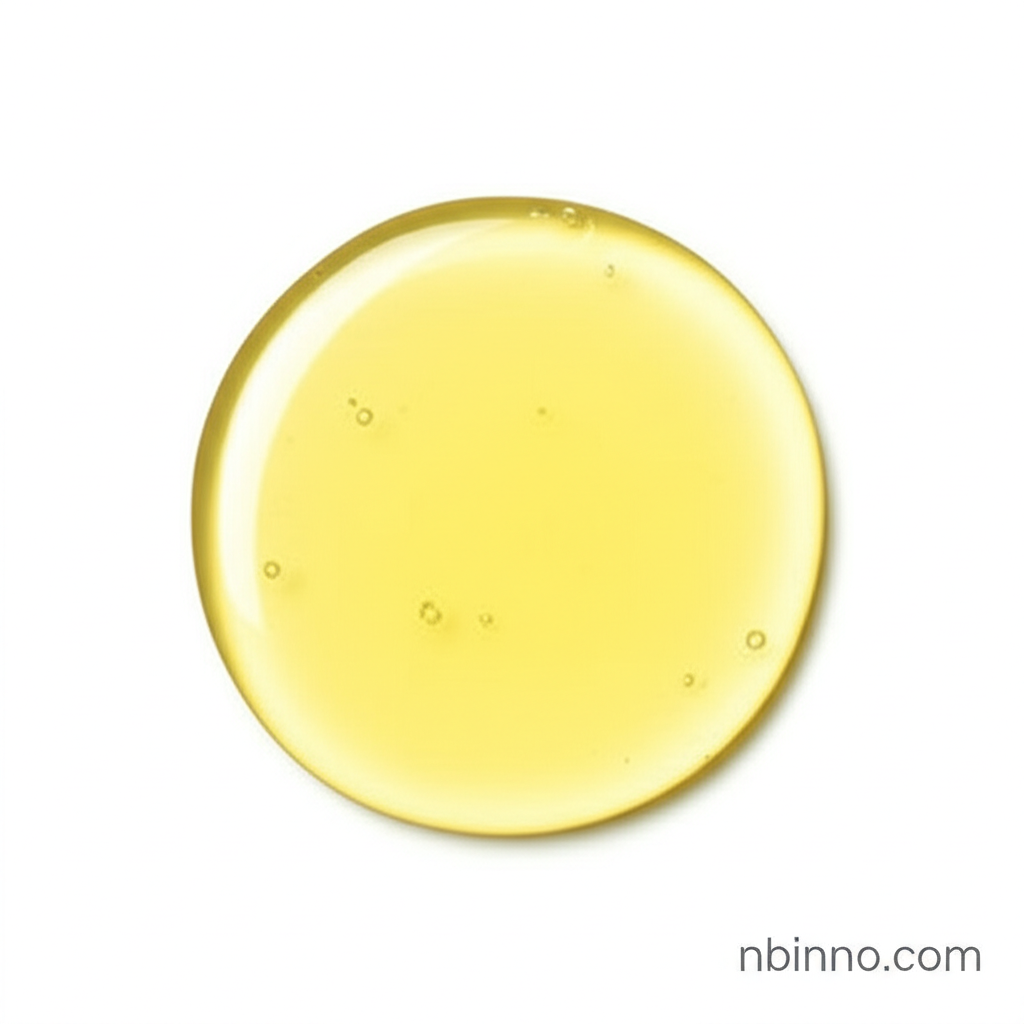Understanding Antimicrobial Agent Chlorhexidine Digluconate: Mechanism, Applications, and Emerging Resistance Trends
Exploring the broad-spectrum efficacy, key applications, and growing concerns around antimicrobial resistance associated with this vital disinfectant.
Get a Quote & SampleProduct Core Value

Chlorhexidine Digluconate
Chlorhexidine Digluconate is a potent chemical compound widely recognized for its exceptional antiseptic and disinfectant properties. It serves as a critical component in numerous healthcare, pharmaceutical, personal care, and veterinary applications, offering a robust defense against a broad spectrum of microorganisms.
- Exploring the chlorhexidine digluconate mechanism of action reveals its effectiveness in disrupting microbial cell membranes, leading to cell death.
- The chlorhexidine digluconate applications span across vital sectors, including healthcare settings for skin disinfection and wound care, as well as personal care for oral hygiene.
- Research highlights the impact of prolonged chlorhexidine use in periodontology, noting potential shifts in the oral microbiome.
- Understanding antimicrobial resistance in oral bacteria is crucial, with studies indicating a possible link between chlorhexidine use and increased prevalence of certain resistance genes, such as those related to tetracycline.
Key Advantages
Broad-Spectrum Efficacy
The compound exhibits broad-spectrum antimicrobial activity, effectively combating both Gram-positive and Gram-negative bacteria, as well as fungi, making it a versatile disinfectant and antiseptic agent.
Residual Protection
Chlorhexidine Digluconate provides a residual effect, offering prolonged protection against microbial colonization, a key benefit in maintaining hygiene and preventing infections.
Versatile Application
Its low toxicity and compatibility with other antiseptics enable its use in a wide array of applications, from surgical site preparation to everyday oral care products.
Key Applications
Healthcare
Used extensively for surgical site preparation, skin disinfection, and wound irrigation, contributing significantly to infection control protocols.
Pharmaceuticals
An active ingredient in various pharmaceutical formulations, leveraging its potent antimicrobial capabilities.
Personal Care
A common component in oral hygiene products like mouthwashes and toothpaste, aimed at preventing dental plaque and gingivitis.
Veterinary Medicine
Employed for disinfecting surgical instruments and as a topical antimicrobial agent for wound care in animals.
